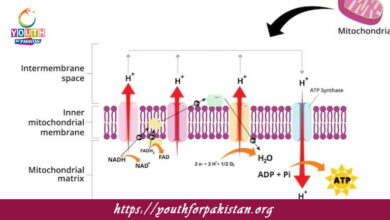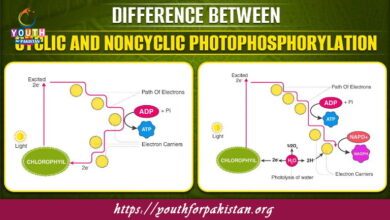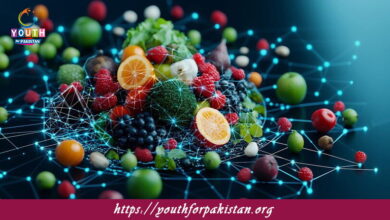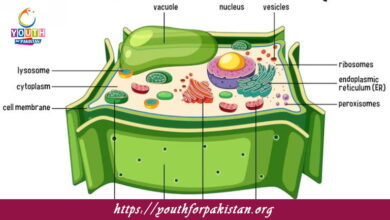Support & Movement MDCAT Quiz with Answers
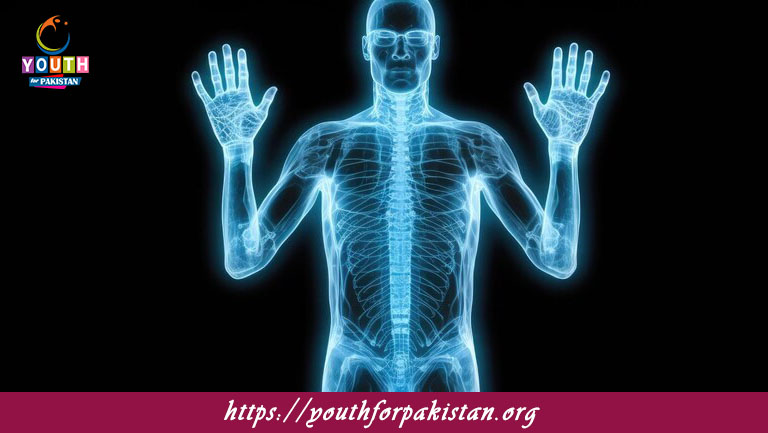
Support & Movement MDCAT Quiz; Support and movement are basic biological functions that allow organisms to maintain structure and perform many essential activities. In humans and many other animals, it is the skeletal and muscular systems that provide the body with support and enable movement. MDCAT students need a deep understanding of how these systems work in relation to each other, as this forms a substantial proportion of the physiology section. The MDCAT Quiz on support and movement will test your knowledge of the anatomy and physiology of bones, muscles, and joints, and their roles in the human body.
The Skeletal System: Support and Structure
The skeletal system provides the framework that supports the body and protects vital organs such as the brain, heart, and lungs. It includes bones, cartilage, ligaments, and tendons. Bones are rigid structures that provide support, while cartilage cushions joints and facilitates movement. The skeleton also plays an essential role in storing minerals and the production of blood cells. Besides, joints are the points at which two or more bones are connected with each other; they are capable of doing any kind of motion, like bending, rotating, and gliding. The MDCAT Quiz will help to understand the structure of bones, types of joints, and how skeleton supports the functioning of the body.
The Muscular System: Movement and Control
The muscular system consists of three types of muscles: skeletal, smooth, and cardiac. Skeletal muscles, attached to bones via tendons, are responsible for voluntary movement and are controlled by the nervous system. Smooth muscles are found in the walls of internal organs and blood vessels, controlling involuntary movements like digestion and blood flow. Cardiac muscle makes up the heart and facilitates the pumping of blood. The MDCAT Quiz will test your understanding of muscle types, their functions, and the mechanisms that control muscle contraction and relaxation.
Quiz on Support and Mobility
An MDCAT quiz on support and movement will guarantee that you understand the skeletal and muscular systems work together to provide for movement and the structural framework in the human body. It shall include the classification of bones, joint functions, and types of muscles. The key concepts in bone structure and function, muscle, and joints will also be solidified with the use of Free Flashcards to make your studying for the MDCAT more productive and efficient.

The type of joint that allows rotational movement, such as the neck joint, is called ________.
Pivot joint

The type of joint that allows movement in one plane only, like the elbow, is called ________.
Hinge joint
Experience the real exam environment with our expertly designed collection of over 25,000 MCQs MDCAT Mock Tests.


